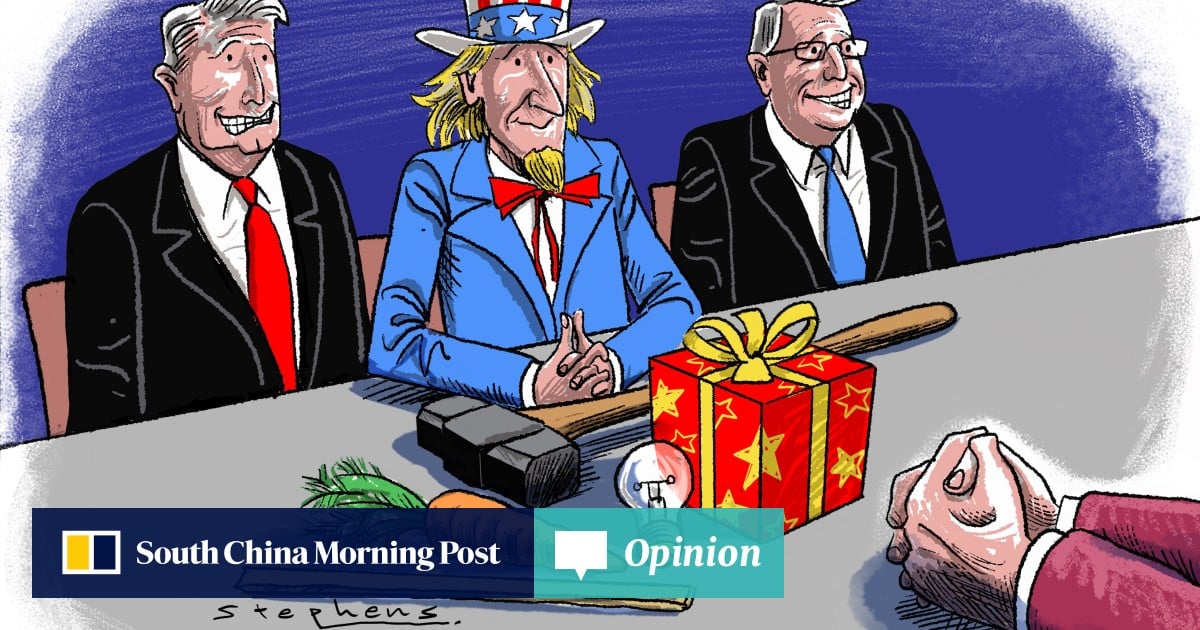
With the tariff truce extended to November 10, US and Chinese negotiators can now focus on shaping a trade deal in the lead-up to a possible summit between US President Donald Trump and Chinese President Xi Jinping this autumn. While engagement has occurred at senior levels since the first meeting in Geneva, Switzerland, several months ago, it appears that much of the discussion since then has centred around ensuring the smooth flow of Chinese critical minerals and magnets to the United States.
Advertisement
Now, negotiators need to pick up the pace and take a detailed look at other issues that could be part of a future agreement while recognising that there are no easy solutions.
The positive news is that both sides, to varying degrees, seem to want a deal that helps to stabilise the bilateral relationship. Quick tariff escalations that occurred earlier made both sides realise that tensions had gone off the rails. Officials point to the phase one agreement concluded during Trump’s first term as evidence that bilateral deals are possible, even in an environment where strategic competition prevails.
But Beijing has learned important lessons from those earlier negotiations, which relatively favoured Washington’s interests. Since then, China has taken steps to avoid a repeat. Beijing is thus likely to insist on a more balanced agreement this time, meaning it will request concessions from Washington in areas such as the relaxation of export controls and the lowering of tariffs.
Second, China has successfully reduced its dependence on the US as an export market since 2017, with exports to the US in 2024 only accounting for 14.7 per cent of its total, down from slightly over 19 per cent in 2018. It has turned to other partners to help fill its import needs, including Brazil, now its largest soybean supplier.
Advertisement
Finally, it has built out a toolbox going way beyond tariffs to respond to what it considers to be unjustified US measures. Under its export control law, which mirrors US policies in important ways, China has restricted its exports to the US of critical minerals and magnets. Beijing has shown it is more than willing to use this leverage to create more favourable negotiating conditions.

